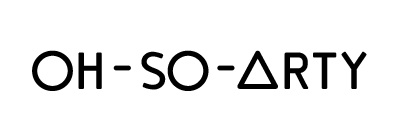February is definitely the month of contemporary art in Madrid. There are so many art events and exhibitions that you may have a problem to choose and the feeling that you need more time!
Since you are more interested in contemporary art don’t miss the most relevant event in Spain of the year and one of the most relevant art fairs in Europe: ARCOmadrid. In February 22-27 2017 Arco will bring together a total of 200 galleries, of which 160 form part of the General Program, as well as the curated sections: ´Argentina at ARCO´, with a selection of 12 galleries; ´Dialogues´, with 11 galleries and ´Opening´, with 17 galleries.
ARCOmadrid
Art galleries: We recommend a walk in the Salesas neighbourhood to visit three examples of the Madrid contemporary art: (i) Juana de Aizpuru gallery with the exhibition of the Spanish artist Cristina Lucas (born in 1973) until March 18th, (ii) the gallery of Max Estrella with the exhibition of the international Daniel Canogar until March 25th or (iii) the amazing exhibition of Miriam Bäckström at the gallery of Elba Benitez (you will love the beautiful patio) until February 11th.
Miriam Bäckström at Elba Benitez
Museums and art centers: The museum Queen Sofia exhibition called Fictions and Territories to take place until 13 March presents a series of recent acquisitions for its permanent collection. The group of works are related to each other through language and artistic practices from the late 90's to 2007 and are of multiple origins around the world.
Exhibition view. Territories and Fictions. Thinking a New Way of the World, 2016











